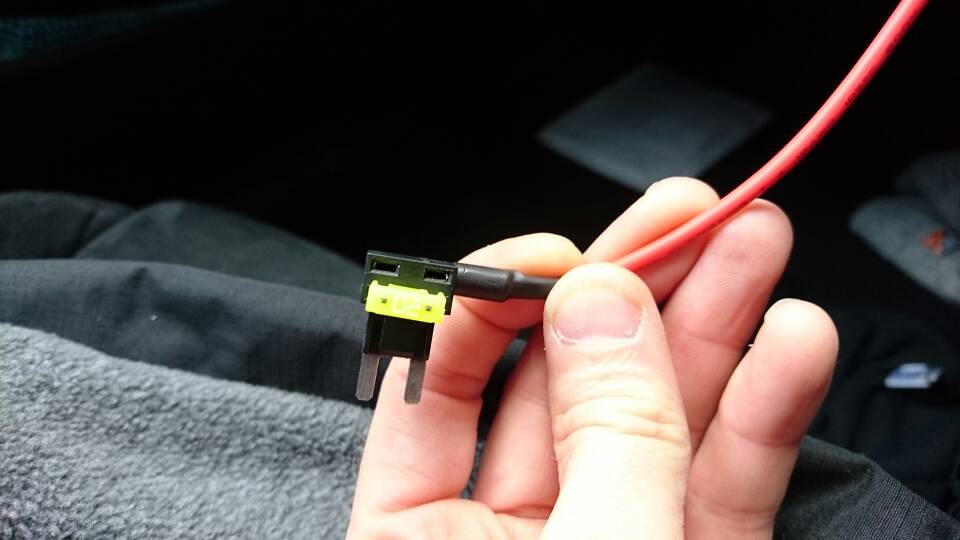Nigel
Well-Known Member
- Joined
- Jul 7, 2014
- Messages
- 17,301
- Reaction score
- 9,058
- Location
- Wales
- Country
- United Kingdom
- Dash Cam
- Gitup F1+G3ꞈꞈꞈꞈꞈ Viofo A229ꞈꞈꞈꞈꞈ Blueskysea B4K
That shouldn't normally be true if you remove the fuse before testing, then one side should be around 12v and the other 0v.A test by voltmeter would give me 12v on both sides, so how can I tell which is +ve?
Measuring resistance is probably a bad idea unless you disconnect the car battery first, you still have to remove the fuse though.


